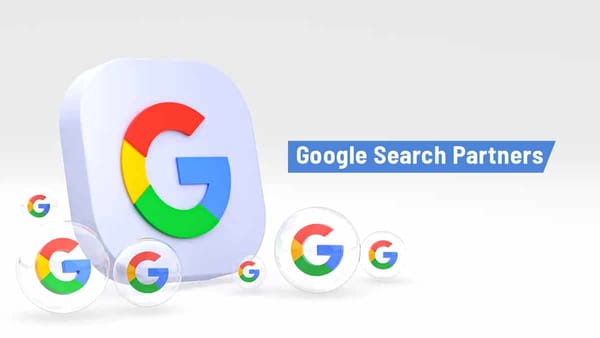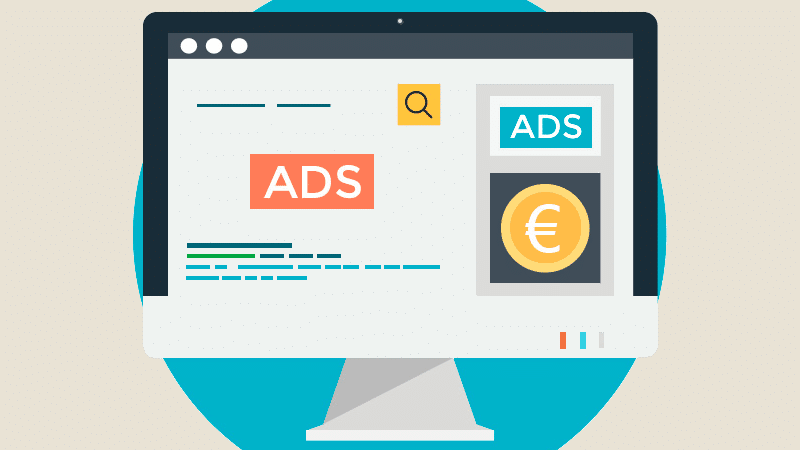The Importance of Google Ads for Business Growth in the Digital Age

Introduction
In today’s fast-paced digital world, businesses are constantly seeking ways to reach their target audience effectively and maximize their return on investment (ROI). One of the most powerful tools in the digital marketing arsenal is Google Ads. As the world’s largest search engine, Google processes over 8.5 billion searches per day, offering businesses unparalleled opportunities to connect with potential customers.
But why is Google Ads so important for businesses, both big and small? In this article, we’ll dive deep into the key reasons why Google Ads is a game-changer for businesses and how it can significantly impact your marketing success.
1. Unmatched Reach and Visibility
Google dominates the search engine market, holding over 90% of the global search engine market share. This means that when people are looking for products, services, or information, they’re most likely turning to Google first.
Why This Matters:
- Global and Local Reach: Whether you’re targeting a global audience or focusing on local customers, Google Ads helps you connect with the right people at the right time.
- Instant Visibility: Unlike SEO, which takes time to build organic rankings, Google Ads can place your business at the top of search results almost instantly.
Pro Tip: Use location targeting to optimize your ads for specific geographic areas, ensuring you reach the audience that matters most to your business.
2. Highly Targeted Advertising
One of the biggest advantages of Google Ads is its ability to deliver highly targeted ads. You’re not just casting a wide net—you’re reaching people who are actively searching for what you offer.
Key Targeting Features:
- Keywords: Target specific search queries that match your products or services.
- Demographics: Reach people based on age, gender, income, and more.
- Interests and Behaviors: Show ads to people based on their online behavior, interests, and past interactions with your website (remarketing).
By narrowing down your audience, Google Ads ensures your marketing budget is spent efficiently, driving more qualified leads.
3. Cost-Effective with Flexible Budgeting
Many businesses assume that digital advertising requires a huge budget. However, Google Ads operates on a pay-per-click (PPC) model, meaning you only pay when someone clicks on your ad. This makes it cost-effective, even for small businesses.
Why It’s Budget-Friendly:
- Full Control Over Budget: Set daily or monthly budgets according to your business goals.
- Bidding Flexibility: Choose from automated or manual bidding strategies to control costs.
- Measure ROI: Track exactly how much you’re spending and what returns you’re getting, making it easy to adjust campaigns for better performance.
With Google Ads, you’re in control of your spending, ensuring every dollar is invested wisely.
4. Quick Results Compared to SEO
While Search Engine Optimization (SEO) is crucial for long-term growth, it often takes months to see significant results. Google Ads, on the other hand, delivers almost immediate visibility.
Key Differences:
- Google Ads = Instant Results: Launch a campaign, and your ads can appear on search results the same day.
- SEO = Long-Term Investment: Takes time but offers sustainable organic growth.
- Best Strategy = Combine Both: Use Google Ads for quick wins while building your SEO foundation for long-term success.
This speed is invaluable for businesses looking to promote time-sensitive offers, new products, or seasonal campaigns.
5. Data-Driven Insights and Analytics
One of the standout features of Google Ads is the ability to track and measure performance in real time. The Google Ads Dashboard provides detailed insights into how your campaigns are performing.
What You Can Track:
- Click-Through Rate (CTR): Measures how often people click on your ads after seeing them.
- Conversion Rate: Tracks the percentage of ad clicks that result in desired actions (purchases, sign-ups, etc.).
- Cost Per Conversion: Understand how much you’re spending to acquire each customer.
- Audience Insights: See which demographics are engaging with your ads the most.
This data-driven approach allows businesses to continuously optimize their campaigns, making informed decisions to improve ROI.
6. Remarketing Opportunities
Did you know that most website visitors don’t convert on their first visit? This is where remarketing comes into play. Google Ads allows you to re-engage with people who have previously visited your website but didn’t take the desired action.
Benefits of Remarketing:
- Stay Top of Mind: Remind potential customers about your brand as they browse other websites or apps.
- Personalized Ads: Customize ads based on past interactions, increasing the chances of conversion.
- Higher Conversion Rates: Remarketing ads often have higher click-through and conversion rates compared to standard ads.
Remarketing helps nurture leads through the sales funnel, turning “maybe later” into “yes, now.”
7. Competitor Advantage
If your competitors are using Google Ads and you’re not, they’re likely capturing potential customers that could’ve been yours. Google Ads isn’t just about reaching new customers; it’s also about staying competitive in your industry.
How to Stay Ahead:
- Competitive Analysis: Use tools like Auction Insights to see how your ads perform compared to competitors.
- Outrank Competitors: Adjust your bids, improve ad quality, and refine targeting to outrank competitors in search results.
- Brand Protection: Bid on your own brand keywords to prevent competitors from appearing above your brand in search results.
Staying competitive with Google Ads ensures your business remains visible in an increasingly crowded digital space.
8. Mobile and Cross-Platform Reach
With over 5 billion mobile users worldwide, reaching your audience across devices is essential. Google Ads makes it easy to target users whether they’re on desktops, tablets, or smartphones.
Mobile Advertising Benefits:
- Responsive Ads: Automatically adjust to fit different screen sizes and devices.
- Call-Only Ads: Perfect for service-based businesses, allowing users to call directly from the ad.
- App Promotion: Drive downloads and engagement for mobile apps.
Ensuring your ads are optimized for mobile helps you tap into a vast audience that’s always connected.
9. Integration with Other Marketing Channels
Google Ads doesn’t operate in isolation. It integrates seamlessly with other marketing platforms like Google Analytics, YouTube Ads, and Google My Business.
Why Integration Matters:
- Cross-Platform Insights: Combine data from different channels to understand customer behavior.
- Stronger Brand Presence: Reinforce your brand message across search, display, video, and more.
- Unified Marketing Strategy: Align Google Ads with SEO, content marketing, and social media campaigns for maximum impact.
This integration ensures a cohesive marketing strategy that delivers consistent results.
Conclusion
In the ever-evolving landscape of digital marketing, Google Ads remains an essential tool for businesses looking to achieve growth, visibility, and measurable ROI. Its ability to deliver instant results, target specific audiences, and provide data-driven insights makes it a must-have for any marketing strategy.
Whether you’re a small startup or an established enterprise, Google Ads offers the flexibility, reach, and performance needed to thrive in today’s competitive market. By leveraging its powerful features and continuously optimizing your campaigns, you can unlock new growth opportunities and drive meaningful results for your business.




